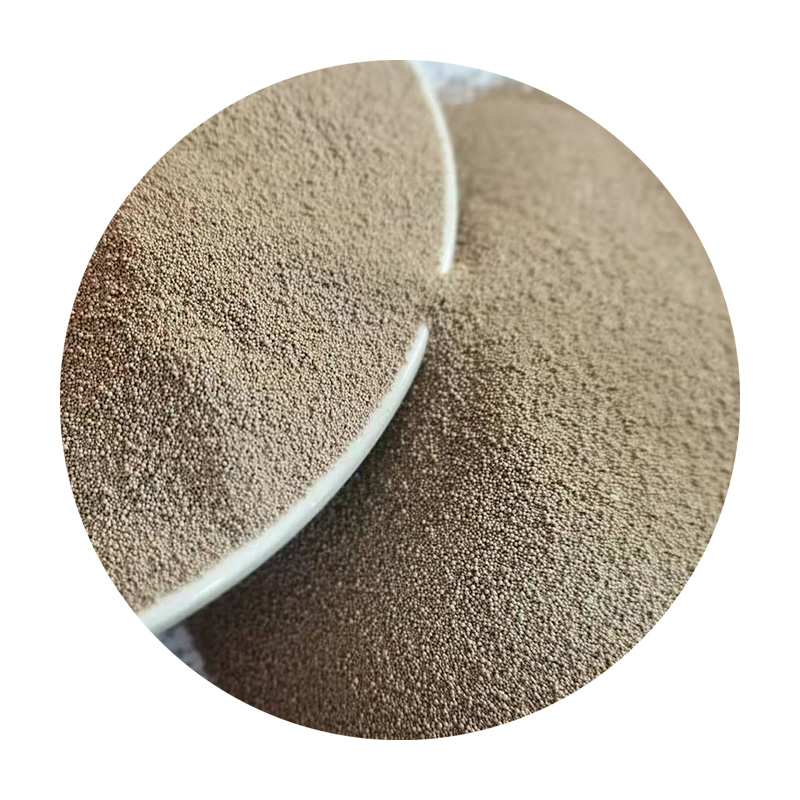Understanding Sand Cast Iron Properties, Applications, and Advantages
Sand cast iron, a versatile material widely utilized in various industries, plays a crucial role in manufacturing components that require excellent mechanical properties and durability. This article explores the fundamentals of sand cast iron, its properties, applications, and the reasons behind its popularity in modern engineering.
What is Sand Cast Iron?
Sand cast iron refers to a type of iron that is cast using sand molds. The process of sand casting involves creating a mold from a mixture of sand, clay, and water, into which molten iron is poured. As the iron cools, it solidifies in the shape of the mold, forming the desired component. The use of sand as a mold material allows for complex geometries and seamless designs, making it ideal for creating intricate parts.
Properties of Sand Cast Iron
1. High Strength and Durability Sand cast iron is known for its remarkable tensile strength and durability. This makes it an excellent choice for components that need to withstand high stress and wear.
2. Good Corrosion Resistance The high carbon content in cast iron provides it with corrosion resistance, although protective coatings are often applied for enhanced longevity.
3. Excellent Castability The sand casting process enables the production of intricate designs and shapes. Complex components with internal passages or geometries can be created efficiently.
4. High Damping Capacity Cast iron has a high damping capacity, which helps to absorb vibrations. This property is particularly beneficial in machinery and automotive applications where vibration reduction is essential.
5. Machinability Sand cast iron is relatively easy to machine, allowing for post-casting modifications and precision finishing. This enhances its adaptability for various applications.
Applications of Sand Cast Iron
Sand cast iron is extensively used across numerous industries due to its desirable properties. Some of the common applications include
sand cast iron

- Automotive Components Many automotive parts, such as engine blocks, cylinder heads, and manifolds, are made from sand cast iron due to its strength and heat resistance
.- Pipes and Fittings The material is commonly used to manufacture pipes and fittings in plumbing systems, especially for drainage and heating applications.
- Machinery Parts Sand cast iron is ideal for producing machine bases, housings, and other critical components in various machinery and equipment.
- Architectural Elements Many architectural features, such as decorative railings, columns, and statues, are cast in sand cast iron, showcasing its aesthetic appeal and durability.
- Consumer Goods Certain kitchen utensils and cookware, like skillets and Dutch ovens, are also made from sand cast iron because of its excellent heat distribution and retention.
Advantages of Sand Casting
1. Cost-Effectiveness The sand casting process is relatively economical, especially for low to medium production runs. The materials used are inexpensive, and the molds can often be reused.
2. Flexibility of Design The ability to create complex shapes and sizes allows engineers and designers to innovate without restrictions.
3. Scalability The sand casting process can be scaled for both small and large production runs. This versatility makes it suitable for both bespoke and mass-produced items.
4. Minimal Waste Sand can be recycled multiple times, making sand casting an environmentally friendly option among metal casting methods.
Conclusion
In conclusion, sand cast iron is a fundamental material in the manufacturing sector, renowned for its strength, durability, and versatility. Its unique properties and advantages allow it to be employed in a wide range of applications, from automotive parts to architectural elements. As industries continue to advance, the importance of sand cast iron will likely persist, ensuring its relevance in modern engineering and manufacturing processes. Whether it is being utilized for its mechanical properties or its aesthetic appeal, sand cast iron remains a preferred choice for many applications around the globe.
Post time:Říj . 15, 2024 09:39
Next:should you sand 3d prints
